More From the Los Angeles Times
Most Read in Entertainment & Arts
-
Nov. 8, 2024
-
-
-
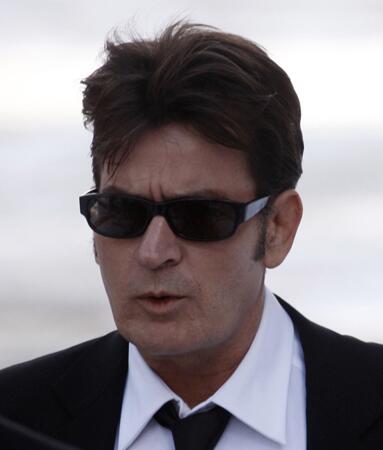
What he did: The third son of Martin Sheen and Janet Templeton has had his name in the papers on and off for years -- oftentimes not for his acting. There was the time he accidentally shot then-fiancee Kelly Preston in the arm; his messy custody battle with then-estranged-wife Denise Richards; his guilty plea to misdemeanor assault against wife Brooke Mueller as part of a deal with Colorado prosecutors; and the alleged trashing of a hotel room at the Plaza Hotel in New York, with a porn actress who had locked herself in the hotel bathroom and called for help, according to officials. This last incident was followed by debauchery, a trip to the hospital and then “at-home rehab.”
Then he lashed out at “Two and a Half Men” creator Chuck Lorre, which led to the rest of the CBS sitcom’s season being canceled. Sheen launched a media blitz. His publicist quit. Then Mueller got a temporary restraining order against him and had his sons removed from his home.
What happened next: Despite all this, Sheen seems to be keeping a positive attitude, claiming that “the only thing I’m addicted to right now is winning” and that he is “riding the mercury surfboard” of the media circus that has become his life. He’s also joined Twitter.
Residual effects: We shall see. (David Zalubowski / Associated Press)
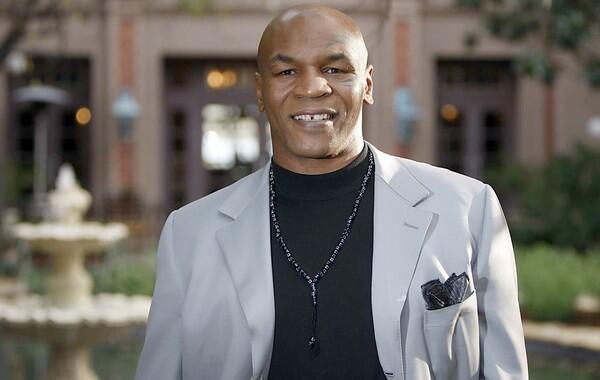
What he did: Although he has always maintained his innocence, the former heavyweight boxing champion was convicted and served time for rape. After his release from prison, Tyson tried to have a boxing comeback. In his June 1997 fight against Evander Holyfield, Tyson is remembered for biting his opponent’s ear, resulting in the Nevada State Athletic Commission rescinding his boxing license. Two years later, Tyson served prison time again after being found guilty of assaulting two motorists.
What happened next: After years of financial problems, Tyson filed for bankruptcy in 2003. Although he had a few more fights after his last incarceration, he retired from boxing in 2005. He has also been arrested several times since his retirement, including after a fight with a photographer in 2009 at LAX.
Residual effects: Despite his legal and financial troubles, Tyson has maintained his role in the pop culture zeitgeist. He had a cameo appearance in the 2009 comedy “The Hangover.” And he has a show on Animal Planet, “Taking on Tyson,” which shows him with some of his first loves: pigeons. (Luis Sinco / Los Angeles Times)
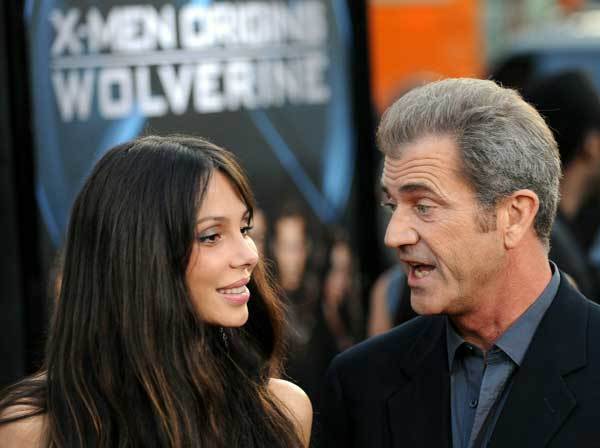
What he did: In July, alleged recordings of Gibson berating and threatening his estranged girlfriend, Oksana Grigorieva (pictured), with physical abuse were leaked on the Internet before the couple went to court over shared custody of their young daughter, Lucia. In addition to the attacks on Grigorieva, the recordings included racist rants.
This follows a 2006 incident in which Gibson was pulled over on suspicion of drunk driving in Malibu. A sheriff’s deputy said Gibson accused Jews of being responsible for all wars. Gibson also reportedly made a crude sexual remark to a female deputy. It was not the first time Gibson had sparked controversy.
What happened next: After the Malibu arrest, Gibson quickly issued an apology, offered to meet with Jewish leaders, agreed to enter an alcohol recovery program and did a confessional interview with Diane Sawyer. It’s unclear whether he’ll get off so easily this time: Legal battles for custody of Lucia continue, and the tapes are in the hands of the L.A. County Sheriff’s Department while a domestic-abuse case is investigated.
Residual effects: Gibson’s “The Beaver” opens at South by Southwest film festival in March, but its wide release has been pushed back until May 2011, where it will have to do battle against Johnny Depp’s “Pirates of the Caribbean: On Stranger Tides.” While this might put some more padding between the summer 2010 scandal and the film, it also offers a dandy excuse if the film tanks. (Jewel Samad / AFP/Getty Images)
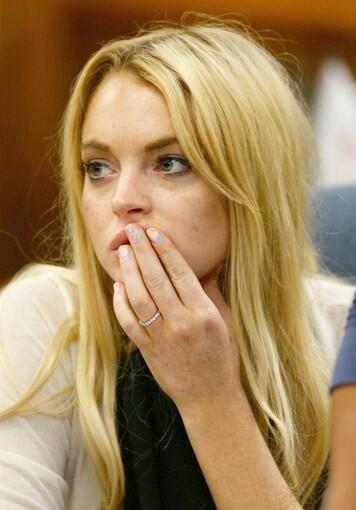
What she did: In July 2010, the former child star was sentenced to 90 days at a detention facility in Lynwood, to be followed by 90 days in rehab, for violating her probation related to her 2007 DUI convictions. (Lohan served 13 days in jail and 23 days in rehab.) Out on probation, she failed two mandatory drug tests and was hauled back into court. After fighting to make bail, she voluntarily checked into the Betty Ford Center until her next sentencing date -- at which point, the judge sent her back to Betty Ford until January 2011.
The 2007 probation was part of a plea deal she agreed to after being arrested twice in less than two months. She spent 84 minutes in jail in 2007 after pleading either guilty or no contest on counts of reckless driving and driving under the influence of cocaine and alcohol; her 18-month probation was extended in 2009 after she had problems showing up on time for court.
What happened next: After she was released from the Betty Ford Center (a stay that was not without its own bit of scandal), Lohan found herself with a felony grand theft charge stemming from a necklace allegedly taken from a Venice boutique (it didn’t help that paparazzi photos showed her wearing the missing item). Lohan pleaded “not guilty” to these charges on Feb. 9.
Residual effects: Lohan is currently awaiting another court date and may be facing jail time. Meanwhile, Malin Akerman has replaced the starlet in the Linda Lovelace biopic “Inferno.” (David McNew / Getty Images)
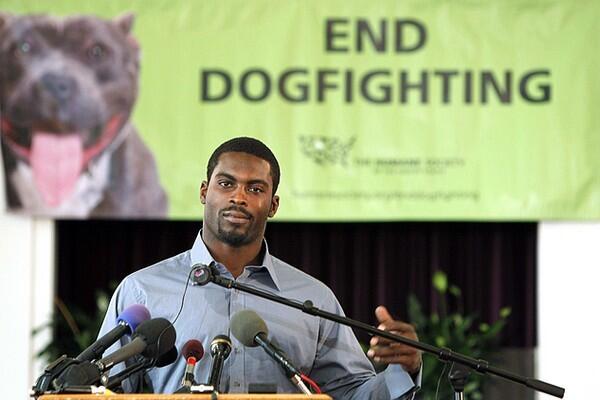
What he did: The
What happened next: He went to prison and served 18 months for his crimes. In the meantime, the footballer went bankrupt after he couldn’t support his fiancée, children, mother and other friends and family. Luckily for Vick, the NFL let him back in. Now he’s playing for the
Residual effects: Not only is Vick back on the field, he had his own reality show too. The ex-convict’s eight-part

What they did: Ten days before the U.S. invasion of Iraq, the band’s lead singer, Natalie Maines, publicly criticized President George W. Bush at a concert in England, saying the group was embarrassed that Bush came from their home state of Texas.
What happened next: Conservative radio talk-show hosts railed against them, the Chicks’ music was banned from some radio stations and angry protesters rounded up their albums in garbage cans. Their Accidents & Accusations tour in 2006 suffered from low ticket sales in the U.S., but did well in Canada, where their album “Taking the Long Way” went platinum several times over. Their greatest hits album, “Playlist: The Very Best of Dixie Chicks,” was released last June.
Residual effects: In 2007, the Chicks won five Grammys, winning every award for which they were nominated. They were also nominated for Country Music Assn.’s top vocal group award but lost to Rascal Flatts. Maines has since been seen as an interviewee in the documentary “Pete Seeger: The Power of Song,” in which she speaks of the singer’s own controversies. (Jason Janik / Associated Press)
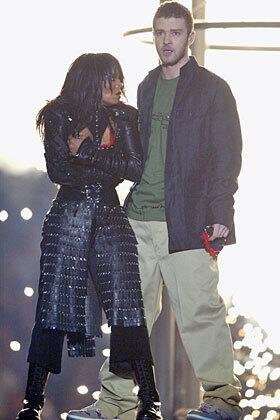
What she did: Technically, it’s what Justin Timberlake did, which was pull back Jackson’s shirt to reveal her right breast (partially covered by a nipple shield) at the end of his song “Rock Your Body” during the halftime show of the 2004 Super Bowl.
What happened next: Jackson apologized for the “wardrobe malfunction,” but she was told by CBS that she could not appear on its 46th annual Grammy Awards show. The singer was pulled from playing the starring role in a biopic of Lena Horne, by Horne’s request.
Residual effects: Jackson released her album “Damita Jo” one month after the incident and it sold 400,000 copies in one week. Her most recent album, “Discipline,” was released in 2008 and debuted at No. 1 on the Billboard 200 chart. Her brother Michael’s death and her subsequent tribute appearances have made the Super Bowl slip-up a distant memory. (Andy Lyons / Getty Images)

What she did: In October 1992, Sinead O’Connor finished an a cappella performance of Bob Marley’s song “War” by tearing up a picture of Pope John Paul II and throwing the pieces at the camera.
What happened next: NBC’s switchboard was immediately jammed with complaints. O’Connor was banned from some radio stations, booed off stages, and verbally abused by audiences.
Residual effects: A lot of people hated her and still hate her. But she’s never made being likable a priority. Despite releasing several albums since the outburst, she has yet to reach her previous level of success. In 2007 she revealed on “Oprah” that she was diagnosed with bipolar disorder. (Jim Cooper / Associated Press)
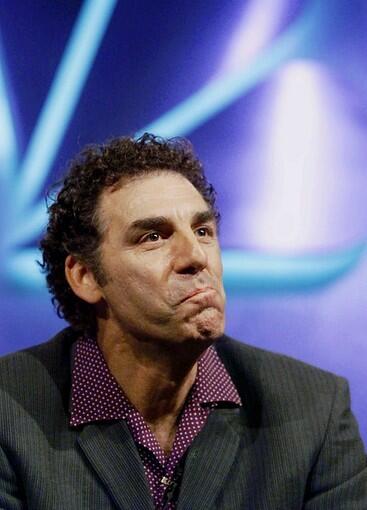
What he did: In November 2006, Richards freaked out on a group of African American hecklers during his set at the Laugh Factory in
What happened next:
Residual effects: Just when it looked like Richards was gone from
Nov. 8, 2024